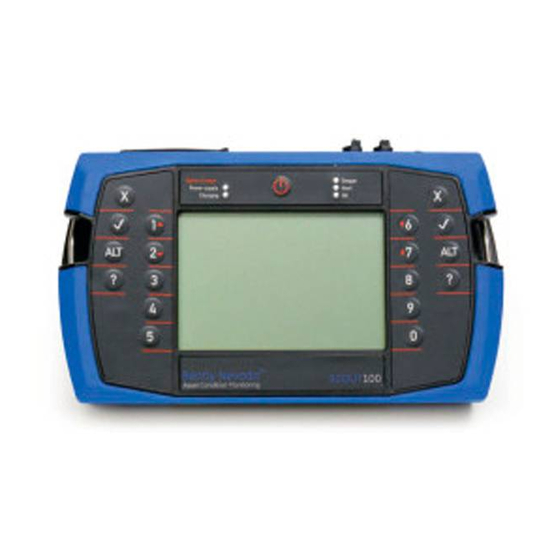
User Manuals: GE SCOUT100-Ex Vibration Data Collector
Manuals and User Guides for GE SCOUT100-Ex Vibration Data Collector. We have 1 GE SCOUT100-Ex Vibration Data Collector manual available for free PDF download: Reference Manual
GE SCOUT100-Ex Reference Manual (282 pages)
Brand: GE
|
Category: Measuring Instruments
|
Size: 5.08 MB
Table of Contents
Advertisement
Advertisement
